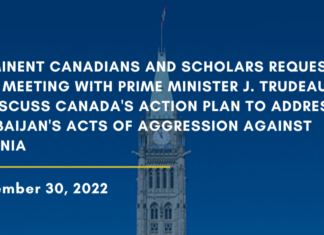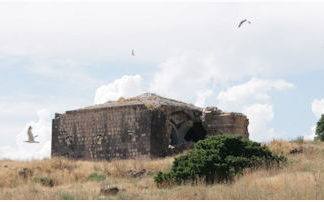By Rick Rozoff
“In addition to being the lengthiest and biggest war in the world, the US and NATO Afghan campaign is the first armed conflict in this young millennium with an international dimension. In fact, its global scope in some aspects is grander than those of the two world wars of the first half of the last century…. This is true in two regards. First, in the historically unprecedented number of nations that have been called upon to supply troops for the NATO-led International Security Assistance Force (ISAF) for the prosecution of the war. And second, in the repercussions of those troop and military equipment commitments on local and regional conflicts in several parts of the world far removed from Afghanistan.”
The century’s longest war continues to rage in South Asia with no sign of abating. Instead, the invasion of Afghanistan on October 7, 2001 has exploded into endless armed hostilities that have spread across the length and breadth of the nation, with US and NATO military forces fighting an intensified counterinsurgency conflict in the north, south, east and west of Afghanistan, now paralleled by equally brutal and even larger-scale combat operations in neighboring Pakistan.
With over 100,000 Western troops and rumors of perhaps a doubling of that number in the works, and with Washington spending billions of dollars in expanding bases to accommodate those reinforcements, the Afghanistan-Pakistan campaign under the direction of US and NATO military commander General Stanley McChrystal and Special Representative for Afghanistan and Pakistan Richard Holbrooke portends yet greater violence, bloodshed and imperiling of regional stability.
The US lost 22 personnel on October 26-27, making this month Washington’s costliest ever in the deadliest year of a war that is now in its ninth calendar year.
The White House and Pentagon have also extended lethal drone missile attacks inside Pakistan, where they are nearly daily occurrences, and will soon deploy Marines to the nation’s capital in a massively revamped US embassy and army trainers to the Iranian border, “the first foreign forces formally stationed in Baluchistan since Pakistan’s independence in 1947.”
Several million civilians have been uprooted and displaced by Western and Pakistani air and ground attacks.









